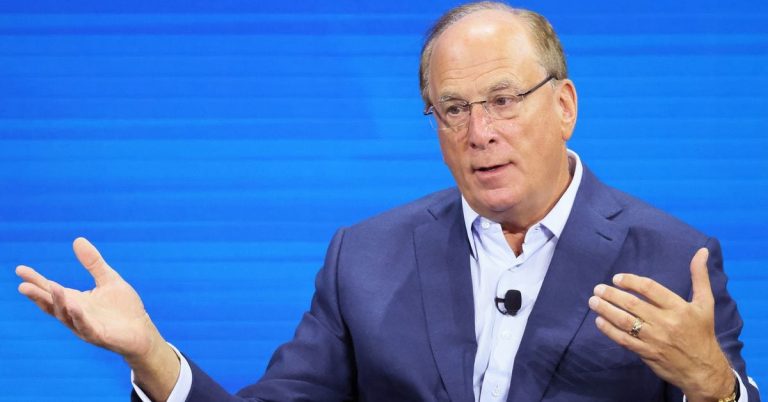Asset management giant BlackRock (BLK) officially unveiled its token asset fund on the Ethereum network on Wednesday.
The BlackRock USD Institutional Digital Liquidity Fund is represented by the blockchain-based BUIDL token, is fully backed by cash, US Treasury bills and repurchase agreements, and will provide yield paid via blockchain Rails daily to token holders, according to press releases.
Securitize will act as a transfer agent and tokenization platform, while BNY Mellon is the custodian of the fund's assets, BlackRock said. Anchorage Digital Bank NA, BitGo, Coinbase, and Fireblocks also participate in the fund's ecosystem.
The press release added that BlackRock also made a “strategic investment” in Securitize, but terms of the deal were not disclosed.
“This is the latest development in our digital asset strategy,” said Robert Mitchnik, head of digital assets at BlackRock. “We are focused on developing solutions in the digital asset space that help solve real problems for our clients, and we are excited to work with Securitize.”
The announcement came after a regulatory filing revealed that BlackRock had set up a fund with Securitize, sparking speculation about a tokenized fund as observers pointed to blockchain transactions for bootstrapping the vehicle, CoinDesk reported on Tuesday.
BlackRock is the latest traditional finance giant to enter the tokenization space after Citi, Franklin Templeton and JPMorgan have already made progress with the technology. Creating blockchain-based tokens for traditional investments like bonds and funds — known as Real World Asset (RWA) tokenization — is a fast-growing use case for blockchain as digital assets and traditional finance (TradFi) become more intertwined. Token US Treasury Bondsfor example, has grown to 730 million dollars From $100 million in early 2023 as cryptocurrency companies seek to achieve a steady return by storing their funds on-chain.
BlackRock CEO Larry Fink said earlier this year in an interview with CNBC that the company's spot BTC ETF was a “stepping stone into tokenization.”

